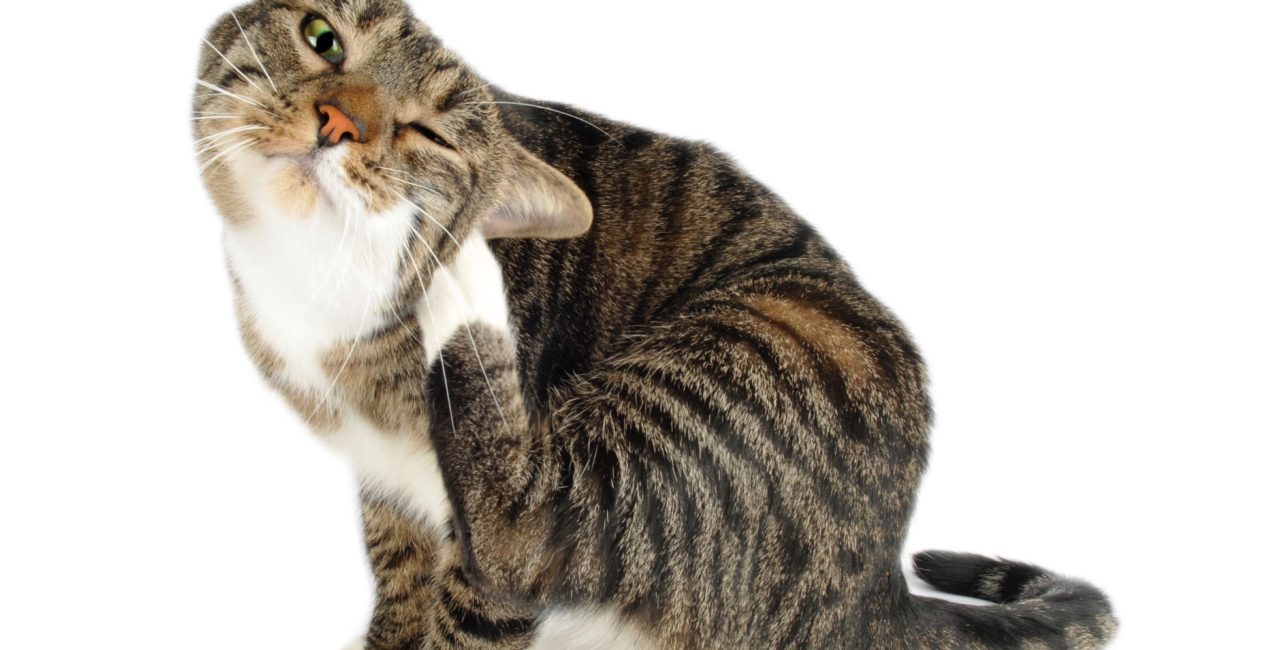General Information
Fleas are one of the most common external parasites of companion animals. Flea control can be a real challenge for Veterinarians and pet owners because the adult fleas cause the clinical signs, yet the majority of the flea population (eggs, pupae, and larvae) are to be found off the pet in and around the home.
The Flea Life Cycle
Eggs are laid in the hair coat and are designed to fall off of the host. They are resistant to insecticides, but susceptible to insect growth regulator
Larvae develop in the host’s environment and feed on adult flea feces that fall out of the hair coat of the pet. Larvae are susceptible to traditional insecticides and insect growth regulators.
Larvae eventually spin cocoons (often within carpet fibers) for pupation. Pupae are resistant to freezing, desiccation and insecticides. Pupae can lie dormant for many month. They are stimulated to emerge as adults by vibration, warming and increased carbon dioxide. Normally this occurs when a host is near and the new flea finds the pet within seconds.
Fleas are very mobile and can survive a few days without a host if in a suitable environment. This entire life cycle can be completed in as few as 16 days!
How do I check my pet for Fleas?
To see actual fleas on your pet, you may have to look fast. Fleas can jump very fast and very high and are very small. They are flat-bodied and dark brown, almost black, in color.
To inspect your pet check the areas where fleas prefer to hide. The armpits and groin are two areas that tend to be warm and protected. The skin on the belly, groin, or base of the tail may appear red and bumpy, especially if your dog is doing a lot of scratching. Hair loss may occur in certain areas that are being scratched excessively, and there may be black spots on the skin along with scabbing.
A flea comb is a special comb with closely set teeth. Run one through the hair on your dog’s back and legs. The comb’s teeth are designed to catch and pull fleas out from under the hair coat where they are hiding. Make sure you get close to the skin when running the comb through the hair so you have a greater chance of getting to where the fleas are hiding out. Have a bowl of soapy water on hand to throw any live fleas into as you comb.
What if I find Fleas?
If you find fleas on your pet call your Veterinarian for advice. Your Veterinarian can help you with a treatment plan to get rid of the fleas and prevent future infestations.
There are a variety of products available to help rid your home of the infestation and preventative products to help ensure that the infestation doesn’t happen again.



